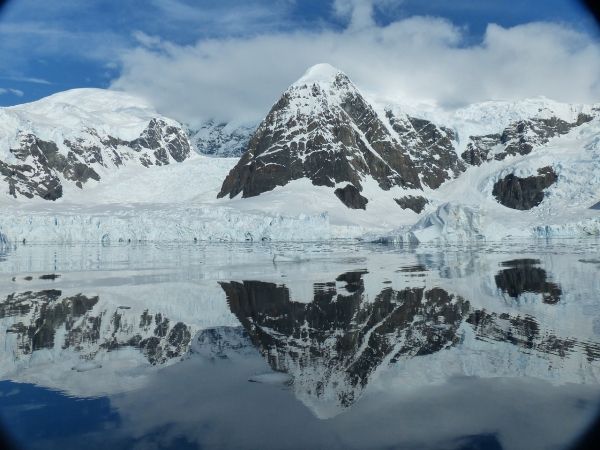Projections of potentially dramatic sea-level rise from ice-sheet melting in Antarctica have been wide-ranging, but a Rutgers-led team has created a model that enables improved projections and could help better address climate change threats.
A major source of sea-level rise could come from melting of large swaths of the vast Antarctic ice sheet. Fossil coral reefs jutting above the ocean’s surface show evidence that sea levels were more than 20 feet higher about 125,000 years ago during the warm Last Interglacial (Eemian) period.
“Evidence of sea-level rise in warm climates long ago can tell us a lot about how sea levels could rise in the future,” said lead author Daniel M. Gilford, a post-doctoral associate in the lab of co-author Robert E. Kopp, a professor in the Department of Earth and Planetary Sciences within the School of Arts and Sciences at Rutgers University–New Brunswick. “This evidence suggests that as climate change drives warming in the atmosphere and oceans, future global sea-level rise could reach considerable heights.”
The study, published in the journal JGR: Earth Surface, delves into how paleoclimate evidence from about 125,000 years ago can be used to improve computer model projections of Antarctic ice-sheet collapse and sea-level rise. Such evidence is increasingly effective for improving projections, providing valuable insights into ice sheet vulnerability through at least 2150.
Read more at Rutgers University
Photo Credit: Bilyara via Pixabay


